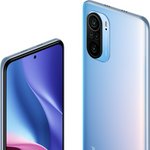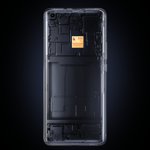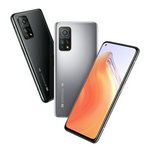Samsung Expands 0.7-micron-Pixel ISOCELL Image Sensor Lineup for Mobile Devices with 32, 48, 64, and 108 MP Offerings
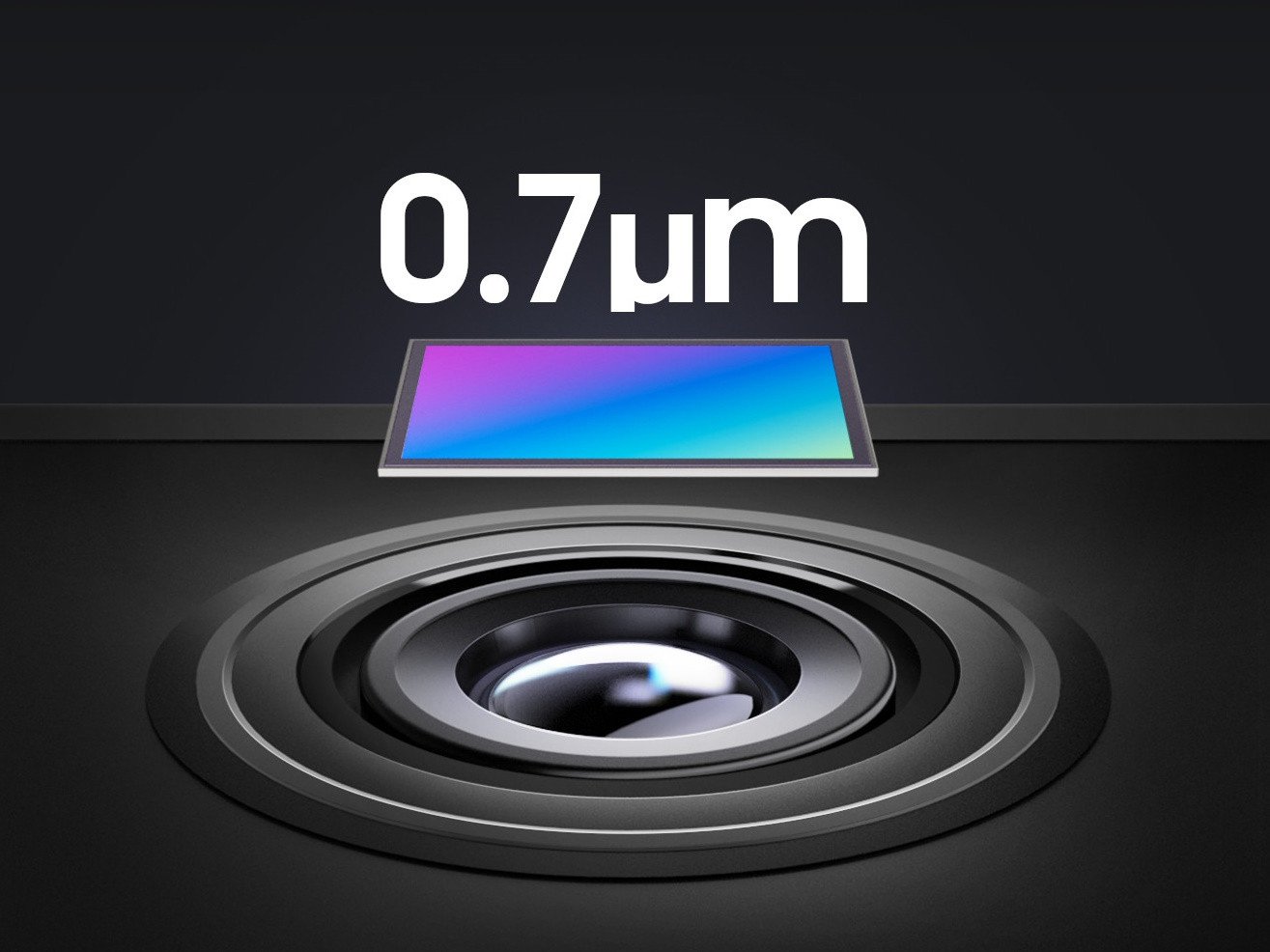
Samsung, alongside Sony Semiconductors, is a leading supplier of image sensors for mobile devices. As today's consumers demand ever more from their smartphones and tablets in terms of video and stills capabilities, pixel count has become a key measure in their purchasing decisions.
Having introduced the 108MP Nonacell image sensor earlier this year, Samsung is already launching the next iteration of the 0.7-micron ISOCELL sensors with an expanded portfolio, including the third-gen 108MP ISOCELL HM2.
What's Special About It?
The new ISOCELL sensors are up to 15% smaller than the 0.8-micron sensor of the same resolution, contributing to about 10% reduction in the height of the camera module. This allows smartphone manufacturers more engineering freedom, including the possibility of adding more cameras in the same packaging size.
Knowledgeable consumers should know that usually with a reduction in the size of the pixel the amount of light that each pixel is able to collect decreases, reducing light sensitivity as well as dynamic range and increasing noise.

Samsung's ICOSELL 2.0 structure is proclaimed to increase well capacity and thereby dynamic range
Samsung proclaims that its advanced ISOCELL Plus technology, as illustrated above, allows the well capacity to increase despite the reduction in size, which should mean higher dynamic range. Its "Smart-ISO" technology should improve autoexposure, using higher ISO to compensate for the reduction in well size.
The 0.7-micron Lineup
Samsung are introducing its 0.7-micron image sensor lineup with four different resolutions:
108MP ISOCELL HM2
This is the third 108MP sensor by Samsung. It uses the same Nonacell technology, which means that a 3x3 pixel binning is employed to produce 12MP images. It is also able to produce 3x "lossless" zoom, by cropping the outer pixels. (Please note that the "Nonacell" color filter matrix means that the "lossless" zoom comes with additional quality costs.)
It also support phase-detection autofocus.
64MP ISOCELL GW3
The 64MP GW3 is the same size of Samsung's 0.8-micron 48MP sensor. It uses Tetracell 2x2 pixel binning to produce 16MP images. The GW3 comes with gyro-based electronic image stabilization (EIS). It is able to record video at 4K 60p.
48MP ISOCELL GM5
The 48MP GM5 is designed for telescoping or ultra-wide cameras. It uses Tetracell 2x2 pixel binning to produce 12MP images. In ultra-wide applications, it is able to record FHD at 480 fps.

Specifications of Samsung's 0.7-micron ISOCELL image sensors
32MP ISOCELL JD1
The 32MP JD1 is designed for front-facing cameras where the size of the sensor is important for the viewing experience. It uses Tetracell 2x2 pixel binning to produce 8MP images.
Article Gallery
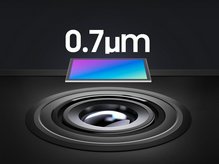

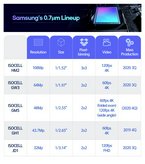
Related Products
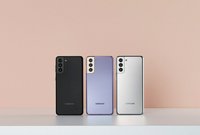
Samsung Galaxy S21 Plus Smartphone
- Excellent camera performance
- Fast charging via USB-C
- Good battery life

